What To Do, Scientifically, When Everyone Is Wrong
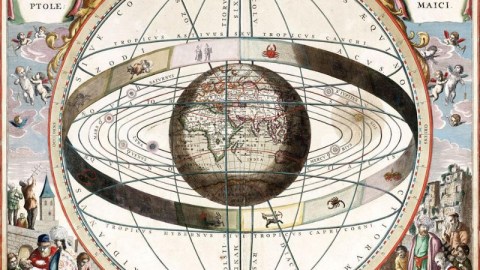
When one group says “A” and another group says “B,” consider that everyone might be wrong.
One of the biggest enemies of scientific truth is the setup of a false dichotomy. For decades, cosmologists argued over how quickly the Universe was expanding: one camp claimed the rate was somewhere between 50–55 km/s/Mpc based on one set of evidence, while the other claimed it was between 90–100 km/s/Mpc, based on a different set. In the aftermath the Hubble Space Telescope’s key findings, we are confident the answer is none of these. Even given today’s current controversy over the exact number, the rate is generally accepted, and known to be somewhere in the range of 67–74 km/s/Mpc.
Pretty much everyone was wrong, but very few people had the brazenness to even suggest an answer outside of either one of those accepted ranges. Even in the midst of a tremendous controversy — even one where neither result could explain the full suite of evidence — scientists, the very people who were supposed to be objective, generally took either one side or the other. But we don’t have to fall prey to this line of thinking. There’s a way to do better, and Johannes Kepler showed us the way nearly 400 years ago. Here’s a story you might not have heard before.

For hundreds of thousands of years, humanity was treated to a fascinating sight without a sufficient explanation as we watched the sky: a few bright objects behaved differently from the rest of the fixed stars. While the stars all twinkled and remained in the same relative position to one another night after night, five objects disobeyed those rules. The “wanderers” of the night sky — the planets — didn’t twinkle at all, but appeared to slowly migrate across the sky on a night-to-night basis.
Even more puzzlingly, the migration was inconsistent. Most of the time, each planet moves slightly to the east relative to where it was the night before. But occasionally (and with regularity), these planets will slow their migration, reverse direction for a time (moving to the west), and then slow again, resuming their eastward motion. This direction-reversal occurs for all the planets and is known as retrograde motion. For a long time, understanding how this worked was one of the major goals of the ancient science of astronomy.
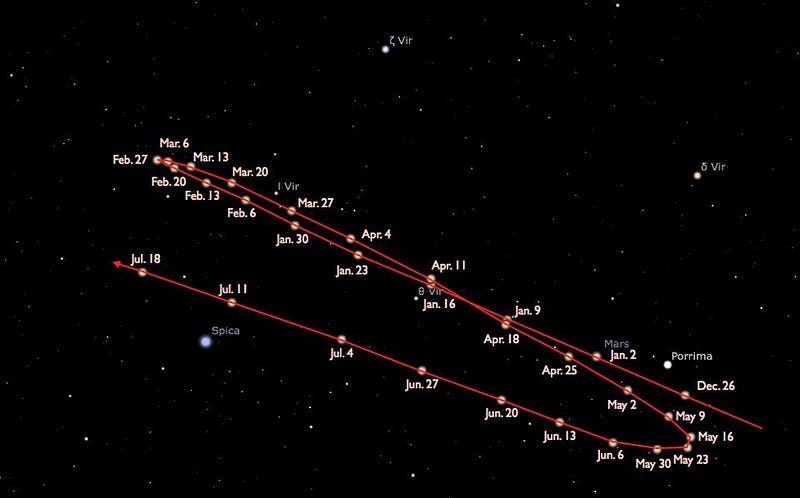
Humanity came up with a very successful description of this motion some ~2000 years ago: the geocentric model of the Solar System. If you imagined the Earth at the center, you could imagine that the Moon, the planets, the Sun, and even the fixed stars all moved around the stationary Earth. But what were the shapes of these orbits?
Because of our own prejudices — not rooted in any scientific evidence — we assumed that these orbits must be circular. Circles were the only shape that “made sense” to people, and so they were the only ones considered. But pure, unadulterated circles didn’t fit the observations very well, so three new concepts were introduced:
- a deferent, which is the large orbital circle that a planet moves along,
- an epicycle, which is a smaller circle that a planet moves along as its orbit travels the deferent,
- and an equant, which is the amount that the center of the deferent is offset from Earth’s actual position.
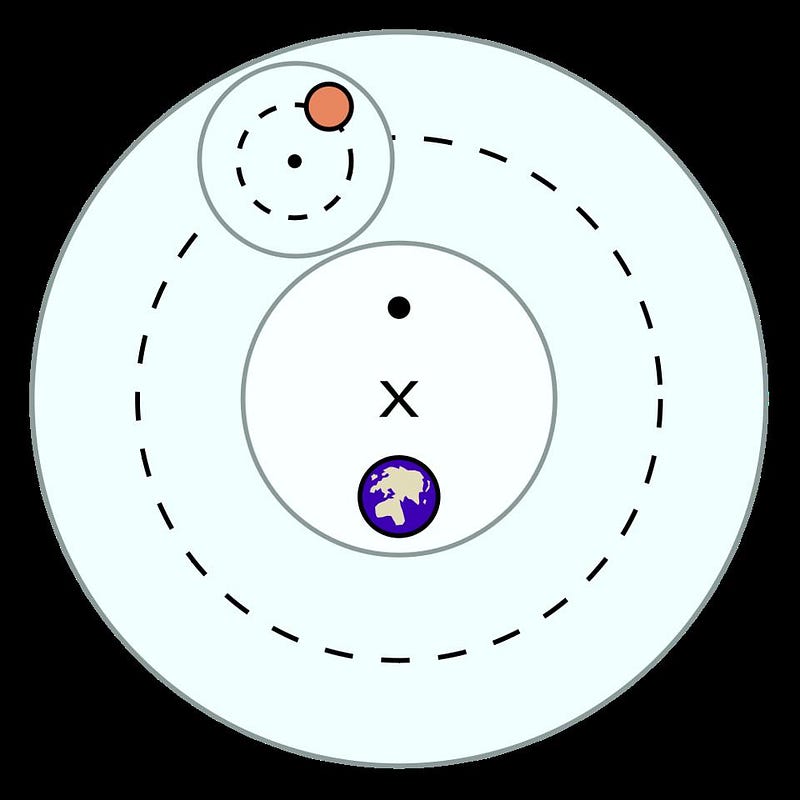
With these mathematical tools at our disposal, we could describe the motion of the planets to a very good, but not quite perfect, approximation. Mars, in particular, would periodically diverge from the predictions of this model, and then fall back in line. For more than 1000 years, this geocentric model of the Universe was highly successful, requiring only slight tweaks and modifications over the generations.
And then, in the 16th century, a brilliant new proposal was put forth. Nicolaus Copernicus revived an ancient idea that, perhaps, the Earth was not at the center of the Solar System, but rather the Sun was. The Earth was just a planet like any of the others, and they all orbited in circles around a common center: the Sun.
What was most brilliant about this suggestion is that it could explain this apparent retrograde motion of the planets without any epicycles. Instead of a planet actually reversing direction through the sky, they only appeared to move backwards. In reality, an inner planet, moving faster, overtakes an outer one, causing this sight relative to the backdrop of fixed stars.
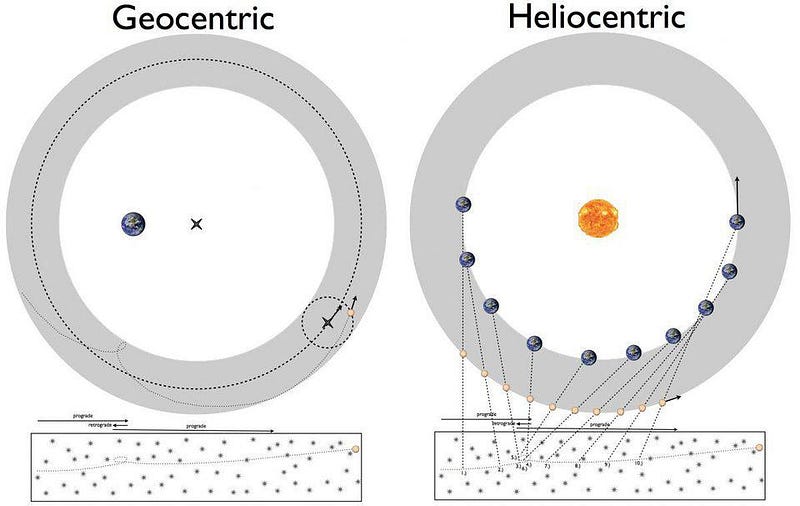
It was a clever and compelling explanation, but it came along with problems of its own. For one, Copernicus couldn’t predict the motions of the planets very accurately with circles alone; his heliocentric (Sun-centered) model fared much worse than the older, established, geocentric (Earth-centered) one. When Copernicus attempted to improve his initial model, he began adding epicycles to the orbits as well, and still couldn’t equal the successes of the geocentric model. It was an important step in the right direction, but his work couldn’t solve the big problem — the motion of the planets in the Solar System — that he set out to address.
Approximately 50 years later, Johannes Kepler sought to improve on Copernicus’s idea, and developed one of the most beautiful models ever: the Mysterium Cosmographicum. In astronomy, including the Earth, there are six naked-eye planets. In geometry, there are exactly five “Platonic solids,” or three-dimensional objects where every side is an identical, equal-angled polygon: the tetrahedron, the cube, the octahedron, the dodecahedron, and the icosahedron.
Kepler imagined a solar system where each solid was nested inside the other, both inscribed and circumscribed by “celestial spheres,” and that each of these spheres held a planet’s orbit upon them: one sphere for each of the six planets.
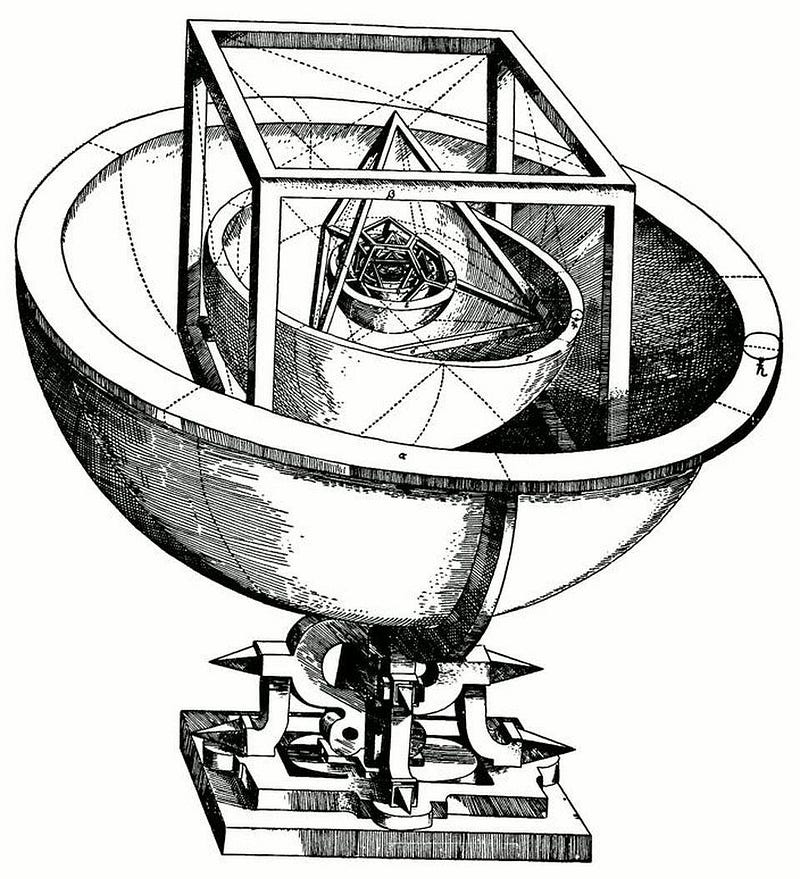
Kepler had the idea for this system in 1595, and published a book on it two years later. Like Copernicus, he could explain retrograde motion without resorting to epicycles. Unlike any of the other models at the time, however, he had explicit predictions for the relative ratios between the orbits of the planets: the geometry allowed for no wiggle room. And again — like Copernicus’s model and the geocentric model both — the predictions of his own model couldn’t quite match the observed motions of all of the planets, especially Mars.
Up until this point, Kepler hadn’t done anything special. There were two main ideas: geocentrism and heliocentrism (which itself was also thousands of years old, although not as popular as geocentrism), where planets moved in circles around either the Earth or the Sun. While Kepler’s idea may have been beautiful to the eyes of many, it wasn’t fundamentally different. Moreover, it wasn’t more successful by scientific standards; it failed to match the observations even as well as the best geocentric model of the day.
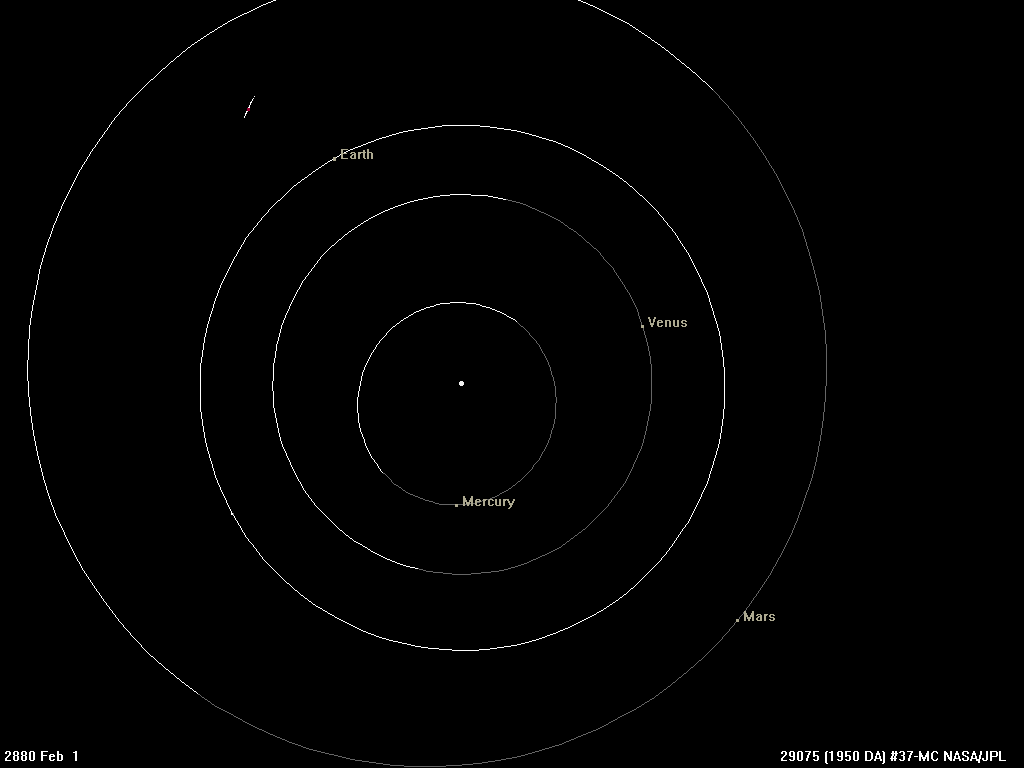
This is where Kepler took the phenomenal leap that we should all appreciate. In science, as in life, one of the most challenging things to do is to take an idea we’re enamored with — particularly if it’s our own idea that we thought up ourselves — and throw it away in the face of contradictory evidence. It would have been so easy for Kepler to do what everyone before him had done: to turn to some sort of fix, like epicycles, in an attempt to save his favored model.
But that isn’t what Kepler did at all. Instead, he simply set his model aside and took a look at two separate sides of the problem:
- the observed data, which showed when each planet was where,
- and the full suite of mathematical knowledge available to him, which gave him a wide suite of possible models to choose from in attempting to fit that data.
This combination of observation and theory, in many ways, heralds the birth of modern science.
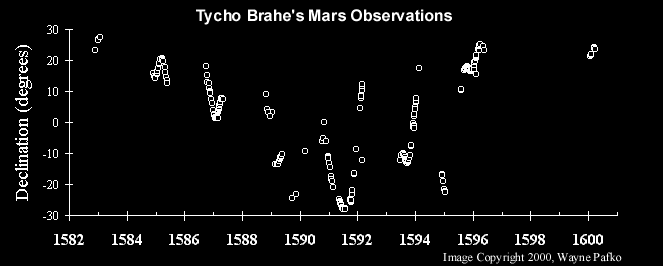
After years of painstaking research, Kepler did perhaps the most difficult thing to do of all: he threw away the assumption that everyone else had made. For the first time, someone was considering models of planetary motion that relied on a geometric shape other than a circle. For centuries, those who studied the heavens were obsessed with the idea that things which occurred on Earth were flawed, but that the heavens were perfect. Mathematically perfect objects — like circles and regular polygons — belonged in the heavens, and that was the full story. It was the most dangerous kind of assumption: an unspoken one. Everyone knew it; nobody cautiously examined it.
Until Kepler, that is, and his model of elliptical orbits. Instead of planets orbiting along circles, they moved in the shape of an ellipse, with the Sun not at the center, but at one focus of the ellipse. The geometric ratios of the planets’ orbital parameters were not in any particular exact ratio, but were determined by their own internal characteristics: things like speed and distance. With one fell swoop, Kepler’s model superseded all others, making predictions more accurate than any other model in existence.
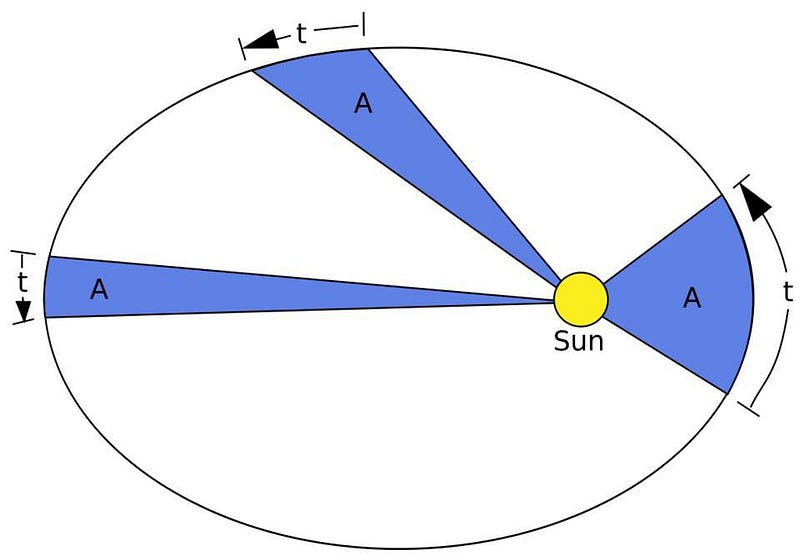
From a scientific perspective, this serves as a template for how we’d all like science to work. You have a set of data, with many different possible interpretations, including some that seem wild, counterintuitive, or far-fetched. But each interpretation — each individual theoretical model that seeks to describe it — will result in a set of outcomes or predictions that should be connected to observable phenomena. When you look at the full suite of what’s been observed, a successful model will yield predictions that are all consistent with what it predicts, and will do so in a fashion that is, in some way, superior to the old model.
That’s why, if ever you want to overthrow or supersede the scientific consensus on an issue, you have three hurdles to clear.
- You have to reproduce, at least as well as the old model, all of its theoretical successes. (Like retrograde motion and the positions of the planets.)
- You have to explain, in at least one instance, something that the old model was unsuccessful at explaining. (Like the observed orbit of Mars.)
- And you have to make a novel prediction, one that differs from the prediction of the old model, that you can then go out and measure. (Kepler didn’t know this at the time, but the phases of Venus, as observed by Galileo, accomplished exactly this.)
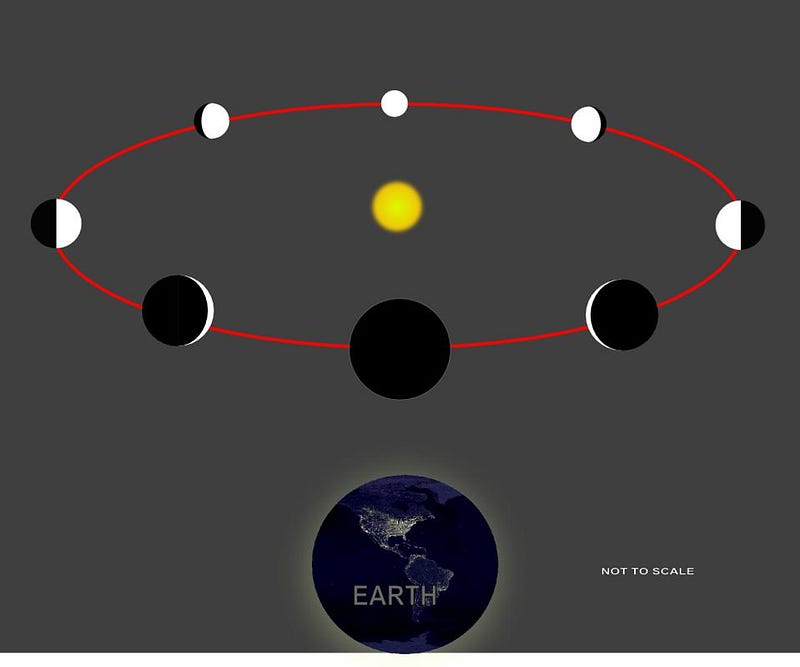
Today, many issues in both science and society are erroneously framed in terms of a dichotomy: either it’s this one way that most people think it is, or it’s this other way that a small group of smart people, going against the consensus, think it is. But history has shown us that’s often not the case. Oftentimes, it’s the wild, out-of-the-box ideas that are not bound to the assumptions of prior generations that lead to our greatest advances. In science, following the evidence — and not any “common sense” prejudice we may have — is the key to success.
In the 19th century, everyone “knew” that the laws of nature were deterministic, but that assumption only held us back when it came to quantum mechanics. In the 18th century, everyone “knew” there were three dimensions, but that assumption held us back when it came to relativity. In the 16th century, everyone “knew” that planets moved along circular paths, but that assumption held back an understanding of gravitation. Today, there are lots of things everyone “knows” as well. Perhaps questioning and re-examining some of our most dearly held assumptions, and the false dichotomies they produce, are exactly what we need to push our scientific frontiers forward today.
Ethan Siegel is the author of Beyond the Galaxy and Treknology. You can pre-order his third book, currently in development: the Encyclopaedia Cosmologica.





